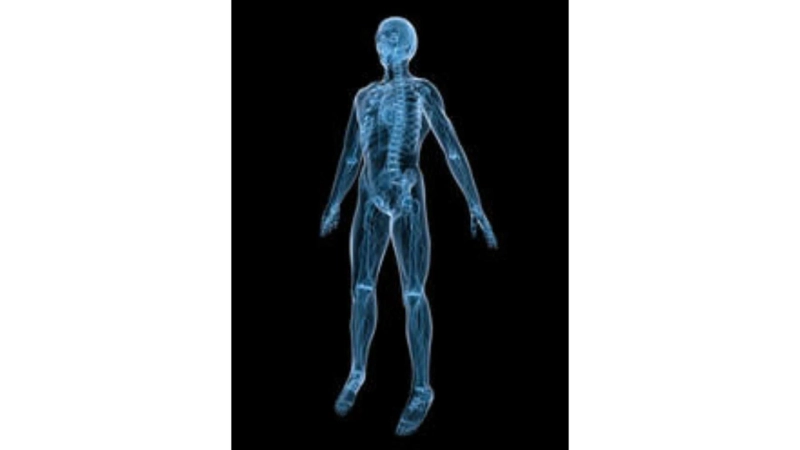Sacroiliac Joint Dysfunction (SIJD) can be a silent disruptor of daily life, stealthily undermining mobility and comfort. Understanding its intricacies, causes, and treatment options is pivotal in embarking on the journey towards relief and restoration.
Let’s look into the depths of SIJD, exploring its origins, navigating treatment avenues, and emphasizing the pivotal role of physical therapy in managing this condition.
Understanding Sacroiliac Joint Dysfunction and Its Causes
The sacroiliac joint, situated between the sacrum and ilium bones of the pelvis, plays a crucial role in transmitting forces between the upper body and lower limbs. Dysfunction in this joint can manifest as pain, stiffness, and discomfort in the lower back, buttocks, and even radiating down the legs.
Various factors can contribute to the onset of SIJD, including trauma, pregnancy, degenerative conditions, and muscle imbalances. Trauma, such as injuries from accidents or falls, can disrupt the integrity of the sacroiliac joint, leading to dysfunction. Pregnancy can also be a contributing factor, as hormonal changes and increased joint laxity during pregnancy can strain the sacroiliac joint, resulting in dysfunction. Also, degenerative conditions like arthritis or degenerative joint disease can gradually erode the cartilage in the sacroiliac joint, causing pain and dysfunction. Muscle imbalances, characterized by weakness or tightness in the muscles surrounding the sacroiliac joint, can alter its biomechanics, contributing to dysfunction and discomfort.
Treatment Options for Sacroiliac Joint Dysfunction
Effective management of SIJD involves a multi-faceted approach tailored to individual needs. Sacroiliac Joint Dysfunction treatment options may include medication, injection therapy, physical therapy, chiropractic care, and in severe cases, sacroiliac joint fusion surgery.
- Medication: Non-steroidal anti-inflammatory drugs (NSAIDs), muscle relaxants, and analgesics can help alleviate pain and inflammation associated with SIJD. These medications are often prescribed to provide symptomatic relief while other treatment modalities are initiated.
- Injection Therapy: Corticosteroid injections directly into the sacroiliac joint can provide targeted relief by reducing inflammation and pain. This approach can offer temporary relief and is often used in conjunction with other therapies.
- Physical Therapy: Engaging in a structured physical therapy program is paramount in restoring function, improving joint stability, and addressing muscular imbalances associated with SIJD. A skilled physical therapist will conduct a comprehensive evaluation to identify impairments and develop an individualized treatment plan tailored to address specific needs.
- Chiropractic Care: Spinal adjustments and manipulations performed by chiropractors can help realign the sacroiliac joint, reducing pain and improving function. Chiropractic care may be used as a complementary approach to other treatment modalities for SIJD.
- Sacroiliac Joint Fusion Surgery: In severe cases where conservative measures fail to provide relief, surgical intervention may be considered. Sacroiliac joint fusion aims to stabilize the joint by fusing the sacrum and ilium together, alleviating pain and restoring function. This option is typically reserved for individuals who have not responded to other treatment modalities.
The Role of Physical Therapy in Managing Sacroiliac Joint Dysfunction
Physical therapy stands as one of the best treatments for Sacroiliac Joint Dysfunction, offering a holistic approach focused on improving mobility, function, and quality of life. A skilled physical therapist will conduct a comprehensive evaluation to identify impairments and develop an individualized treatment plan tailored to address specific needs. Key components of physical therapy for SIJD may include:
- Manual Therapy: Hands-on techniques such as joint mobilizations and soft tissue mobilization can help restore normal joint mechanics and alleviate pain.
- Therapeutic Exercise: Targeted exercises aimed at strengthening the core, pelvic stabilizers, and surrounding musculature play a pivotal role in enhancing joint stability and function.
- Education and Ergonomics: Empowering patients with knowledge about SIJD, proper body mechanics, and ergonomics can help prevent exacerbations and promote long-term self-management.
- Modalities: Modalities such as heat, ice, ultrasound, and electrical stimulation may be utilized to reduce pain and inflammation, facilitating the healing process.
- Functional Training: Incorporating functional activities and movements into therapy sessions helps bridge the gap between rehabilitation and daily activities, promoting independence and confidence.
Sacroiliac Joint Dysfunction can be a formidable adversary, but armed with knowledge and a comprehensive treatment approach, relief is within reach. By understanding the causes, exploring treatment options, and embracing the pivotal role of physical therapy, individuals can embark on a journey towards reclaiming their mobility, comfort, and quality of life. Remember, the path to recovery may be challenging, but with perseverance and guidance from skilled healthcare professionals, relief awaits around the corner.


